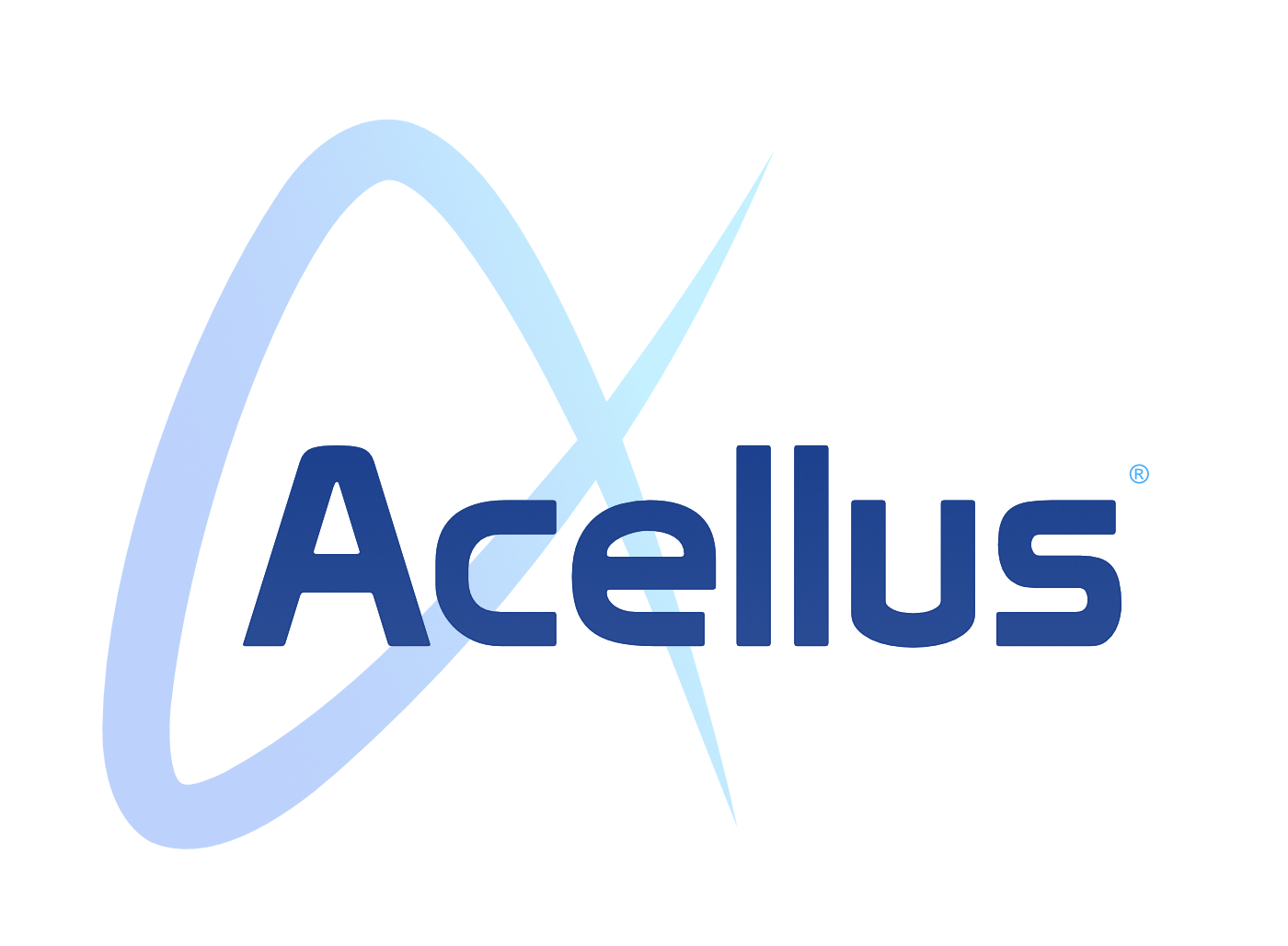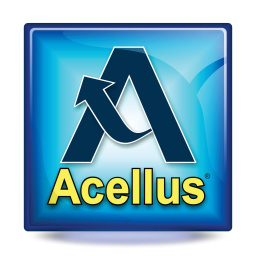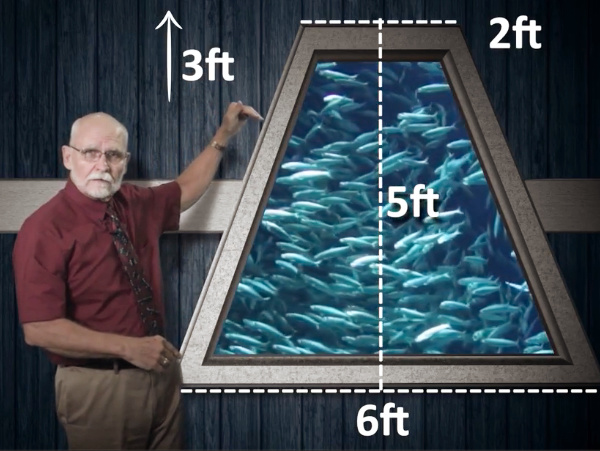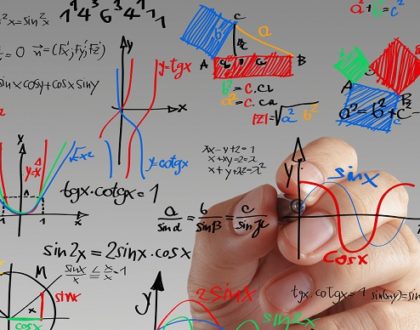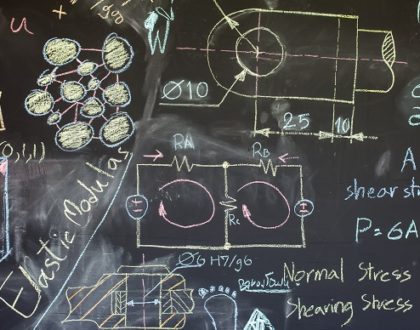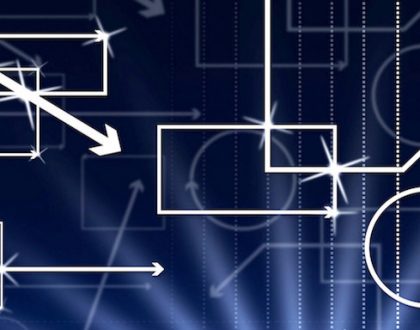AP Calculus AB

Course Features
Course Details
Course Overview
Acellus AP Calculus AB provides students with an understanding of the advanced concepts covered in the first semester of a college Calculus course. Students gain an understanding of differential and integral Calculus and how they are used to solve real-world problems.
Besides learning how to use the basic tools of Calculus, students completing this course learn on a deeper level what they are really doing and why it works. Acellus AP Calculus AB is taught by veteran AP Calculus teacher, Patrick Mara.
This course has been audited and approved by the College Board. Students completing this course will be well-prepared for the AP Calculus AB Exam, enabling them to earn college credit for taking this course while yet in high school. Acellus AP Calculus AB is also A-G approved through the University of California.
Course Objectives & Student Learning Outcomes
Students successfully completing AP Calculus AB know what limits are and how to compute them. They know how to differentiate functions and use various differentiation rules including the combination rules and the chain rule. They know how to use Calculus to analyze various functions and sketch graphs based on their derivatives. They are familiar with using derivatives in real world situations. Students know how to approximate the area under curves using numerical methods and how to calculate the exact area using integration. Students are familiar with various integration techniques, including the chain rule, u-substitution, integration by parts, trig substitution, and partial fractions. They know how to use integration to calculate volumes of solids of revolution and surface area. Students know how to use integration to solve various real-world problems including work problems and problems based upon liquid pressure and fluid force. They also know how to use separable differential equations and are familiar with slope fields.Sample Lesson - Liquid Pressure
 This course was developed by the International Academy of Science.
Learn More
This course was developed by the International Academy of Science.
Learn More
Scope and Sequence
Unit 1 – Pre-Calculus Review In this unit students discuss translating and dilating parent functions. They explore power functions and consider the definition of basic trig functions. They study graphing and transforming trig functions. They study radical, rational, inverse, logarithmic, and exponential functions. Unit 2 – Limits and Continuity Limits are the next topic students explore. They investigate the computation of limits, indeterminate forms, limits to infinity, and one-sided limits. Next they discuss continuity. They consider the intermediate value theorem and types of discontinuity. Unit 3 – Derivatives: Part I Students analyze average versus instantaneous velocity and tangent lines to y = x² and to y = 1/x. They examine general derivatives -- derivatives of constant functions, linear functions, and power functions. They further explore derivatives of sums and differences and then go on to learn the product and quotient rules. Unit 4 – Derivatives: Part II Continuing their study of derivatives, students investigate tangent and normal lines, as well as local linearization. They explore differentiability and derivatives of trig functions, and practice product and quotient rules. They practice using the calculator to find numerical derivatives, predict derivatives graphically, and predict and identify graphs of derivatives. Unit 5 – Derivatives: Part III In this unit students study the chain rule and practice using it. They investigate velocity and acceleration and how they are calculated. They learn how to use implicit differentiation. Unit 6 – Derivatives: Part IV Delving further into derivatives, students learn how to take the derivative of exponential functions. They investigate inverse functions and derivatives, properties of logarithms, and derivatives of logarithmic functions. Students learn how to use logarithmic differentiation to solve problems. They also learn how to take the derivatives of inverse trigonometric functions. Following this unit, students are presented with the Mid-Term Review and Exam. Unit 7 – Derivatives: Part V Students analyze functions using their first and second derivatives. They learn the second derivative test and how to find absolute extrema. They study optimization, related rates, and the Mean Value Theorem. They also learn how to use L'Hopital's Rule. Unit 8 – Anti-Differentiation: Part I In this unit, students study anti-differentiation. They investigate the chain rule for anti-derivatives, including anti-derivatives of trig functions. Students learn how to use u-substitution. They practice taking anti-derivatives with initial conditions. They examine acceleration due to gravity and learn how velocity, acceleration, and position are related. Exponential growth and decay are explored. Students learn about differential equations. Slope fields and slope fields with initial conditions are also covered. Unit 9 – Anti-Differentiation: Part II Continuing their study of anti-differentiation, students investigate definite integrals and the Fundamental Theorem of Calculus (FTC). Students practice approximating integrals with numerical methods such as Riemann Sums. They explore net area. Students learn how to find integrals using a calculator. They go on to learn the properties of definite integrals and the use of u-substitution with definite integrals. The Fundamental Theorem of Calculus is revisited to examine the connection between velocity and position. Unit 10 – Anti-Differentiation: Part III Investigating anti-differentiation further, students study the trapezoid rule. They investigate area between two functions of x and between two functions of y, average value, and the mean value theorem for integrals. Unit 11 – Anti-Differentiation: Part IV Students begin this unit by learning how to calculate the volumes of solids of revolution. They learn how to calculate volume using the disk, washer, and shell methods. They also learn how to calculate the volume of solids with known cross sections. Students go on to learn how to use arc length to determine the surface of revolution. Finally, students use Calculus to solve real-world applications as they perform calculations centered around work and liquid pressure. Unit 12 – Anti-Differentiation: Part V In this final unit, students practice working with the inverse secant function. They also explore integrals that yield inverse trig functions. Following this unit, students are presented with the Final Review and Exam, which completes this course. The AP Calculus AB Exam Prep course is highly recommended for students planning to go on to take the AP Calculus AB Exam. Also, for students desiring two semesters of college credit for Calculus, a second course, AP Calculus BC, is also available. Students interested in taking the AP Calculus BC Exam should first complete AP Calculus AB and then AP Calculus BC.
This course does not have any sections.
